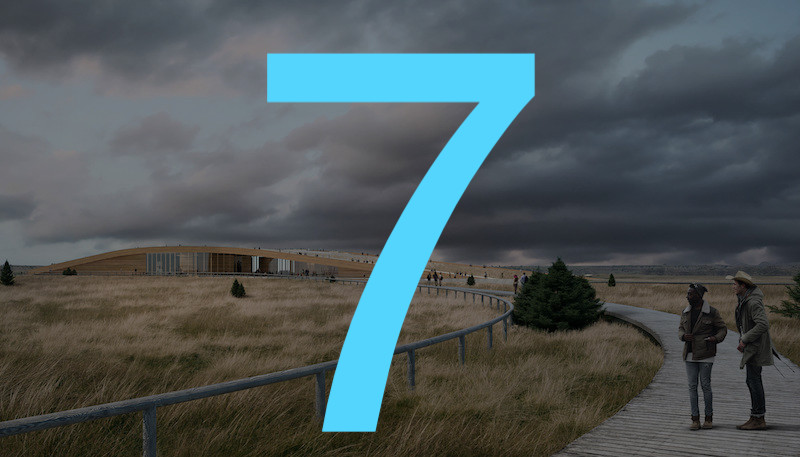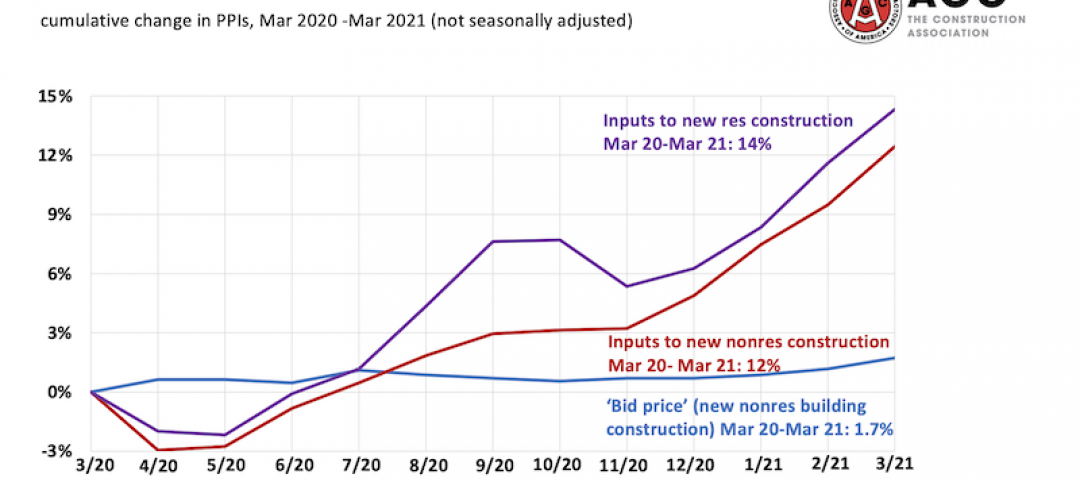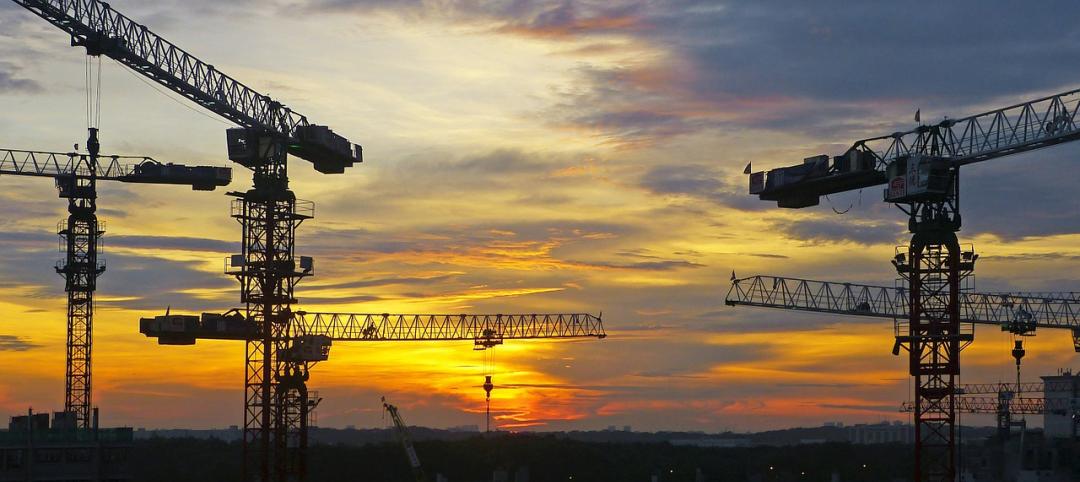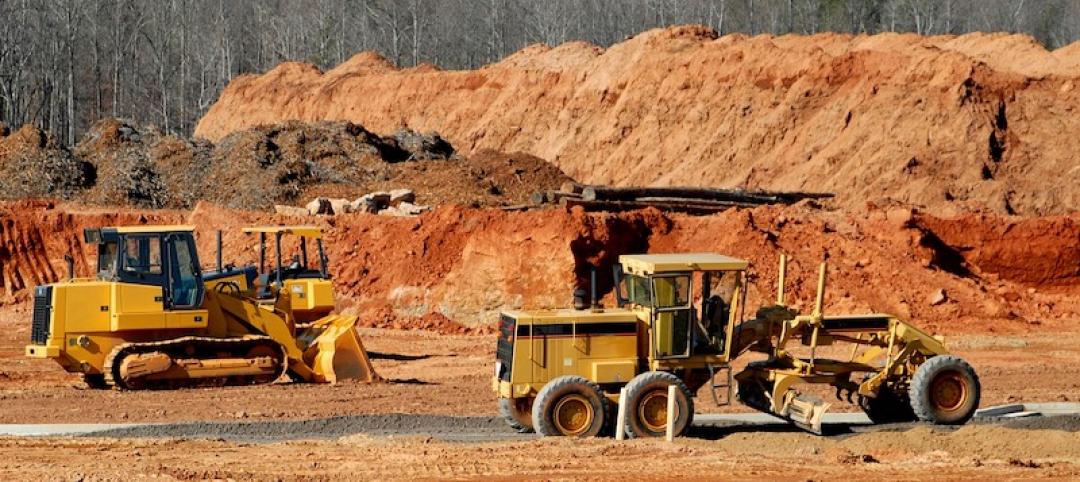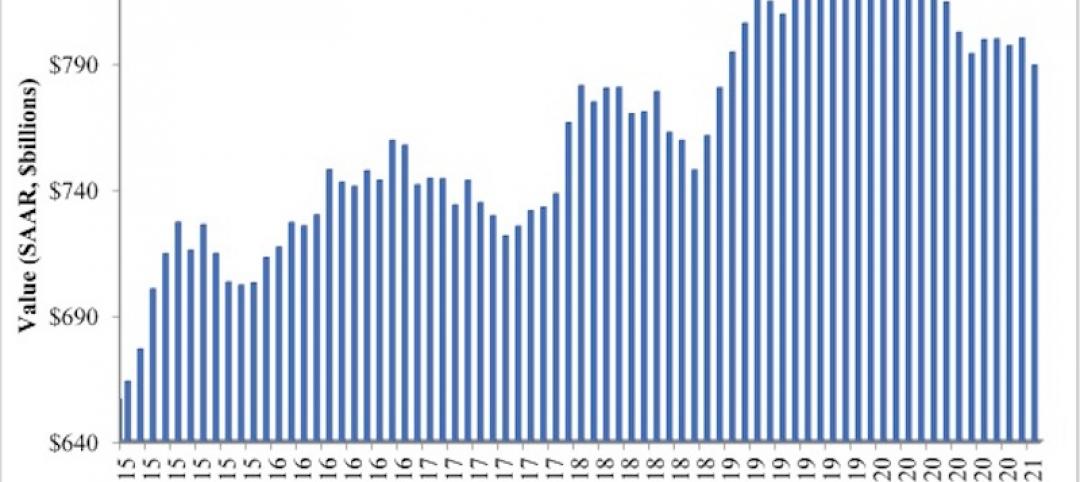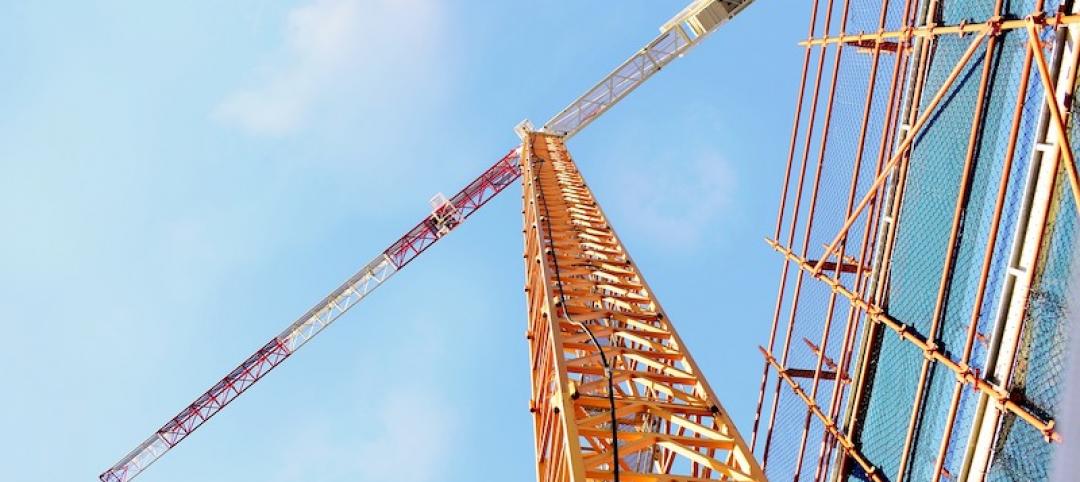1. Snøhetta wins design for the Theodore Roosevelt Presidential Library (BD+C)
"The facility is conceived as a journey through a preserved landscape of diverse habitats, punctuated with small pavilions providing spaces for reflection and activity. Set at the northeast edge of a butte, the landscape is preserved for conservation research while offering a setting for educational walks, leisure, and recreation."
2. ‘Lifestyle’ is adding new color to the select-service hotel sector (BD+C)
"In a new 14-page white paper, WATG Strategy explores the intersection of select-service and lifestyle. “This breed of hotels, when differentiated by design and driven by efficiency, is at once style and lucrative,” the paper’s authors conclude."
3. AIA/HUD Secretary's Awards celebrate affordable, accessible, and well-designed housing (AIA)
"Each year, the AIA and HUD partner to celebrate projects that demonstrate affordable, accessible and well-designed housing, proving that good design is not exclusive."
4. Air cleaners, chemical and UV treatments among tools to safeguard indoor air amid pandemic (BD+C)
"Office buildings can slow the spread by spacing desks at least six feet apart and by implementing a few ventilation measures including increasing outdoor air flow."
5. Tally-whoa! Sizing up the risks of construction lending in the COVID-19 era (Construction Observer)
"Construction lending isn’t easy at the best of times and didn’t earn its market “niche” categorization without financiers suffering some battle scars over the years. Savvy souls sign up to finance a complex, multifaceted process that’s often plagued with delays and cost overruns, among other issues — for a decent return, of course."
6. Could North America's industrial property market be recession proof? (Globe St)
“Although it is too early to accurately predict the pace of recovery, the US industrial market is well positioned to weather the current disruption, Cushman & Wakefield states in a new report."
7. Manhattan’s newest skyscraper is opening up to a dead midtown (Bloomberg via National Real Estate Investor)
"The first tenants at One Vanderbilt, across from Grand Central Terminal, will start moving in by year’s end."
Related Stories
Market Data | Apr 20, 2021
Demand for design services continues to rapidly escalate
AIA’s ABI score for March rose to 55.6 compared to 53.3 in February.
Market Data | Apr 16, 2021
Construction employment in March trails March 2020 mark in 35 states
Nonresidential projects lag despite hot homebuilding market.
Market Data | Apr 13, 2021
ABC’s Construction Backlog slips in March; Contractor optimism continues to improve
The Construction Backlog Indicator fell to 7.8 months in March.
Market Data | Apr 9, 2021
Record jump in materials prices and supply chain distributions threaten construction firms' ability to complete vital nonresidential projects
A government index that measures the selling price for goods used construction jumped 3.5% from February to March.
Contractors | Apr 9, 2021
Construction bidding activity ticks up in February
The Blue Book Network's Velocity Index measures month-to-month changes in bidding activity among construction firms across five building sectors and in all 50 states.
Industry Research | Apr 9, 2021
BD+C exclusive research: What building owners want from AEC firms
BD+C’s first-ever owners’ survey finds them focused on improving buildings’ performance for higher investment returns.
Market Data | Apr 7, 2021
Construction employment drops in 236 metro areas between February 2020 and February 2021
Houston-The Woodlands-Sugar Land and Odessa, Texas have worst 12-month employment losses.
Market Data | Apr 2, 2021
Nonresidential construction spending down 1.3% in February, says ABC
On a monthly basis, spending was down in 13 of 16 nonresidential subcategories.
Market Data | Apr 1, 2021
Construction spending slips in February
Shrinking demand, soaring costs, and supply delays threaten project completion dates and finances.
Market Data | Mar 26, 2021
Construction employment in February trails pre-pandemic level in 44 states
Soaring costs, supply-chain problems jeopardize future jobs.


